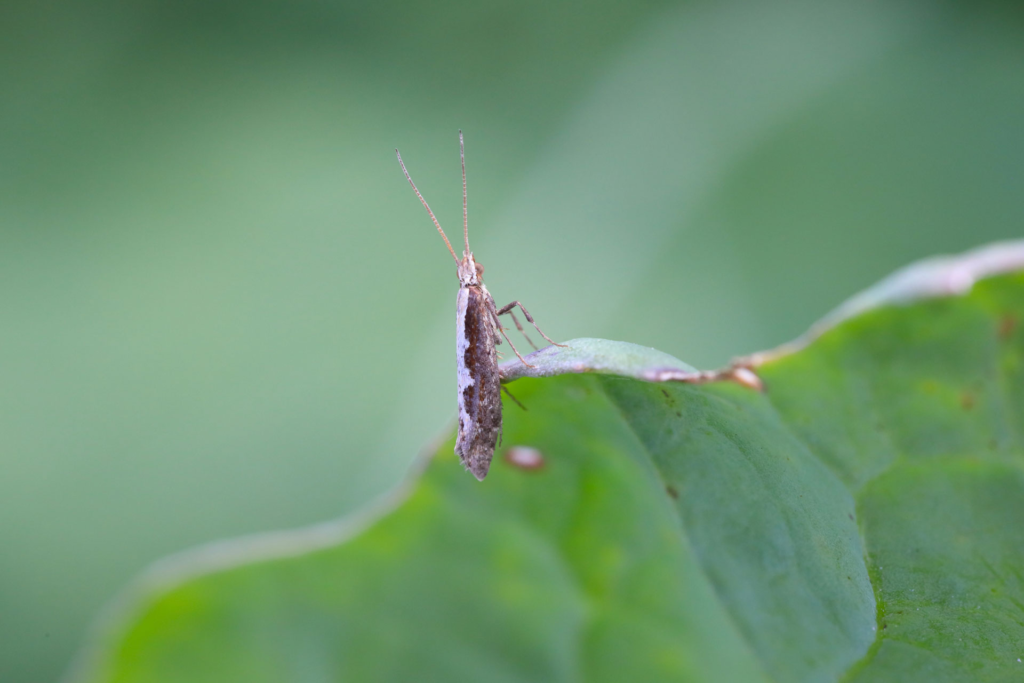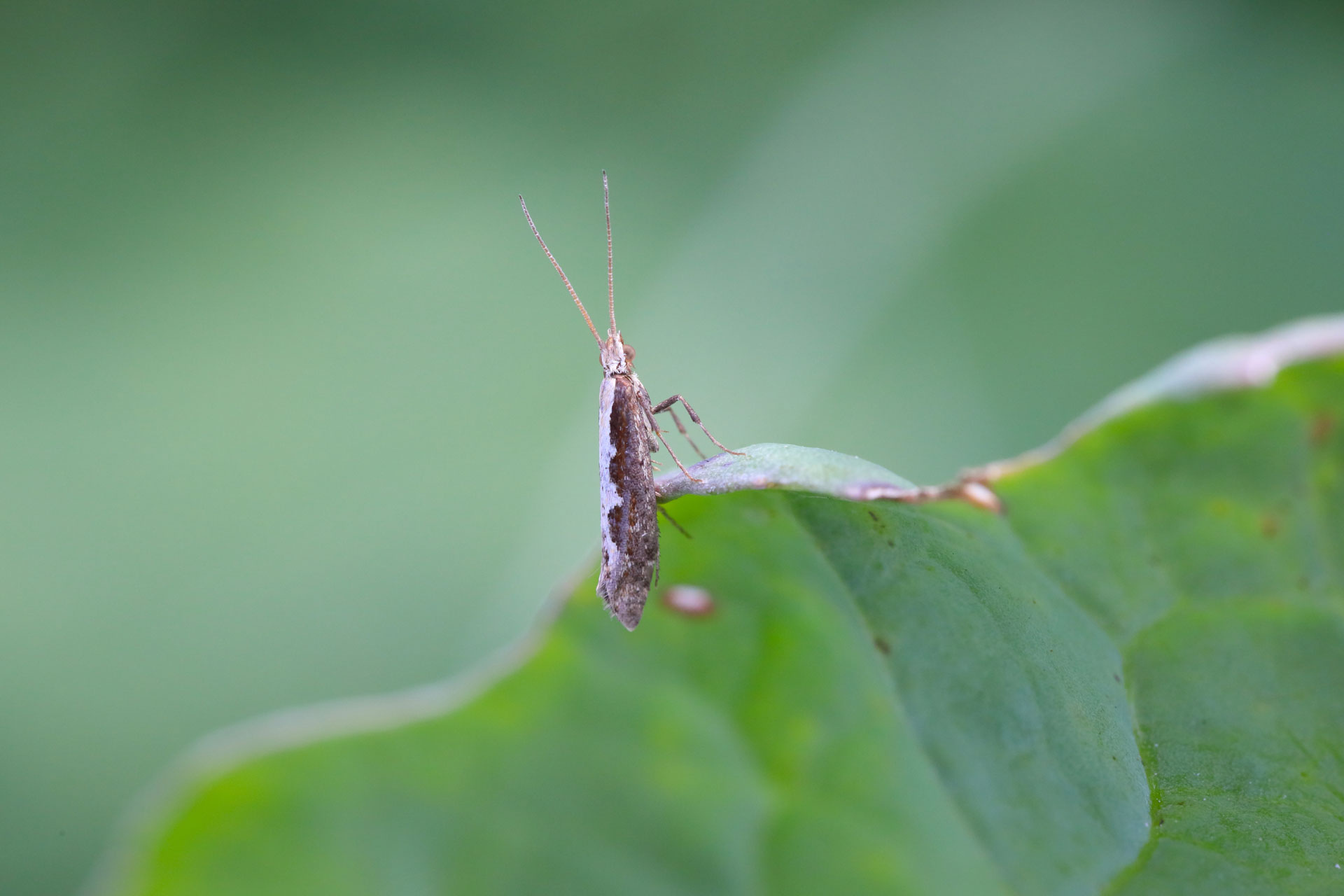Insecticide resistance is a major problem for Australian grain growers. Insecticides are an important tool in the fight against grain pests, but when insects become resistant to them, they can cause huge losses to crops and a huge financial loss to growers and the grain industry.
In this article we look at what insecticide resistance is, what causes it, and how it can be prevented – plus answers to frequently asked questions and useful resources.
Insecticide Resistance in Australia
Insecticide resistance is a growing concern for Australian grain growers, with some reports of phosphine-resistant insect populations. Phosphine is currently registered for use in Australia against insect pests in stored grain, and resistance to this chemical would have a serious impact on grain production and the export market.
If this escalates, new methods of insect control will need to be introduced and the use of phosphine gas may need to be phased out in some areas.
What Is Insecticide Resistance?
Simply put, insecticide resistance is the ability of an insect population to survive exposure to insecticides.
What Causes Insecticide Resistance?
The development of insecticide resistance is a natural process, but it can be accelerated by incorrect use of insecticides.
Insecticide resistance can also be caused by a variety of mechanisms, including mutations in the insect’s genetic code, alterations in the insect’s physiology, or changes in the way the insect behaves.
The main factors that contribute to the development of insecticide resistance in an insect population, include:
- Insecticide selection pressure which is the repeated use of insecticides that selects for resistant individuals.
When an insecticide is used repeatedly against an insect population, those individuals that are resistant to the chemical will be more likely to survive and reproduce, passing on their genes for resistance to their offspring. This leads to an increase in the number of resistant insects in the population.
- Genetics – come insects may be naturally resistant to insecticides.
- Misuse of insecticides such as using too high a dose or applying insecticides when they are not needed. It is very important to use insecticides correctly and only when necessary to help reduce the development of insecticide resistance.

How Can Insecticide Resistance Be Prevented? What Can You Do About It?
There are a few things that can be done to help prevent insecticide resistance from developing. As we have already mentioned, one way is to make sure that only the correct amount of insecticide is used – using too much will speed up the development of resistant strains.
The best way to prevent insecticide resistance is to avoid using insecticides that select for resistance. Rotating through different types of insecticides in your pest management program and using them only when necessary can help keep pests on their toes (so to speak) and stop them from becoming resistant to any one particular product.
Another is to use integrated pest management (IPM) strategies, which involve using a variety of methods (including cultural controls and biological control agents) to manage pests. You can also monitor your fields for signs of resistance.
Finally, good crop hygiene and farm biosecurity will help reduce the risk of insecticide resistance occurring.
What Is The Khapra Beetle?
The Khapra Beetle is major pest of grain crops and has developed resistance to phosphine insecticides. In Australia, the Department of Agriculture and Water Resources undertakes regular surveys for the presence of Khapra Beetles, and issues alerts if any are found.
Khapra Beetle larvae can damage grain by feeding on the kernels, while adults can contaminate stored grains with their faeces and body parts. Infestations can result in significant losses in grain production and storage, as well as posing a risk to human health.
If you suspect you have found a Khapra Beetle, or any other exotic or invasive insect pests, report it straight away. Report a pest or disease concern, here.
Is The Khapra Beetle present in Australia?
The Khapra Beetle is not present in Australia, however, the insect has been known to spread rapidly and cause significant damage to grain crops. The beetle is resistant to most insecticides, making it difficult to control.
How Does Insecticide Resistance Affect The Export Market?
Insecticide resistance has the potential to severely impact Australia’s grain export industry. In 2016, insecticide resistance cost the Australian grain industry $27 million and this number is only going to continue to grow if we don’t do something about it.
How Do I Maintain Good Crop Hygiene?
Don’t underestimate the importance of biosecurity measures and good crop and grain storage hygiene!
Maintaining good crop and storage hygiene is one of the most important ways to prevent insecticide resistance from developing in your grain crops. Regularly cleaning up any spilled grain, removing dead insects and other debris, and using insecticides responsibly are all essential steps in keeping your crops healthy and resistant to insect pests.
It is also important to keep a close eye in insect population in your crops and to act quickly to address any signs of resistance early on. If you notice that an insect population is becoming resistant to an insecticide, consider changing the insecticide you are using or rotating through different types of insecticides.

How Do I Prevent Spray Drift?
One way to prevent spray drift is to be aware of weather conditions before, during and after spraying.
Never spray in surface temperature inversion conditions, avoid spraying in high temperatures (near or above 30 degrees celsius), in high wind speeds (wind speeds of 3 – 20 kilometres/hour are usually recommended) or when the wind is blowing towards drift hazard areas.
The best time to spray is in cool, moist conditions with a slight, consistent breeze blowing away from susceptible crops. Stop spraying if conditions change.
Other ways to prevent spray drift include:
- Choosing the right chemical and the right droplet size.
Where possible avoid spraying with volatile products and choose a nozzle or sprayer that produces the largest possible droplet size without impacting the effectiveness of the application.
- Consider management and prevention practices such as using vegetative barriers.
Vegetative barriers can be used to filter spray drift by capturing spray droplets, protecting nearby crops and the environment.
Learn more about preventing spray drift in this article; How To Prevent Spray Drift
What Grain Pests Should I Be Aware Of?
Common grain pests include the lesser grain borer, rice weevils and grain moths. There are also secondary grain pests such as rust-red flour beetle, confused flour beetle and the saw-toothed grain beetle – these attack grain that has already been damaged or processed.
Learn more about common grain storage pests and what you ca do about them, here.
What Is The Best Way To Store Chemicals?
The best way to safely store chemicals is to store them in a dedicated chemical storage shed, located away from hazards like machinery and hay, and away from personnel.
Learn more about safe chemical storage, here.
Useful Resources
Here is a selection of useful resources for grain crops and storage.
Pesticide resistance in Australian grain regions – lessons to be learnt
Stored grain insect resistance monitoring and management
How much does a grain shed cost?
Thank you for reading! Insecticide resistance is an important problem to be aware of. We hope this article has provided some useful information on insecticide resistance and how to prevent it. For more articles like this, visit our Learning Hub.








